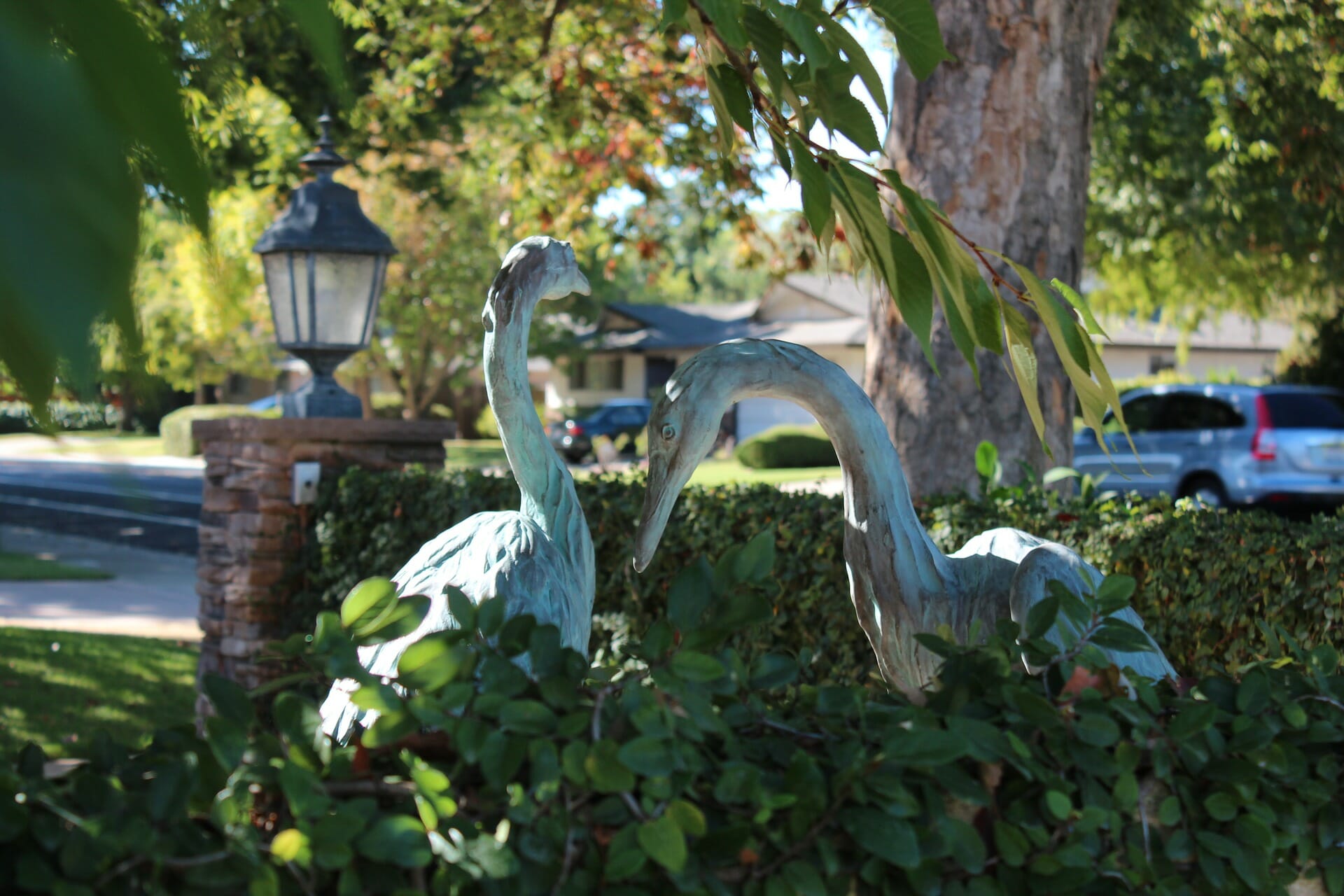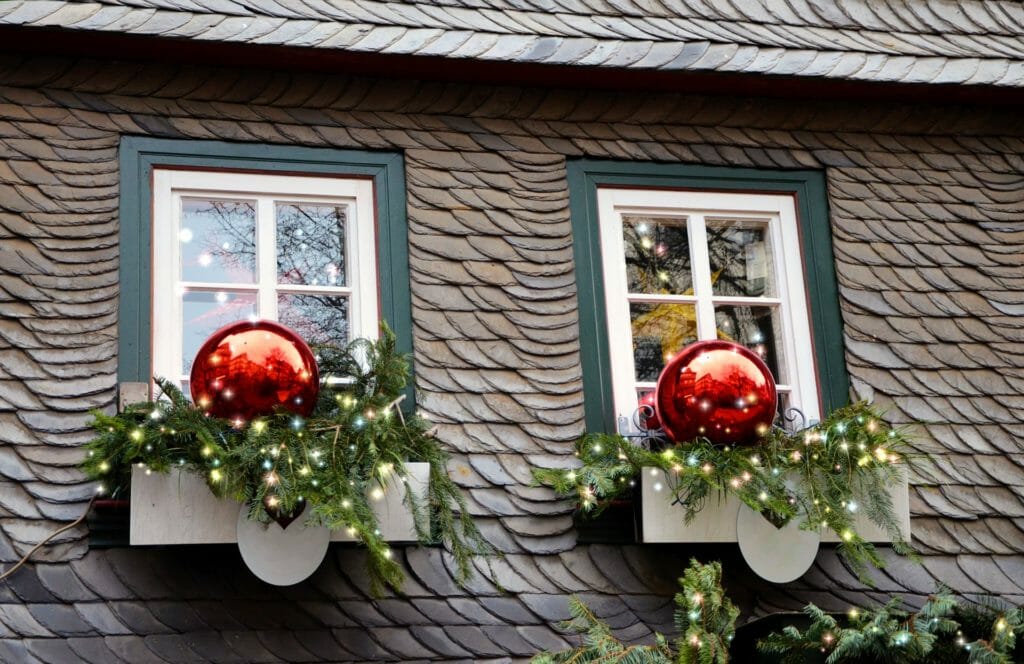There are over 350,000 homeowner associations in the United States! That equates to roughly 40 million households, or more than 50% of owner-occupied households in America. HOAs are legal entities, and they offer members the protection, maintenance and preservation of their homes and property. However, these members also have a duty to follow the association’s rules and regulations.
The typical HOA is governed by homeowners who are elected by their fellow owners to set policies and oversee day-to-day operations. These board and committee members are usually volunteers, and have full-time jobs to manage as well. HOA rules are designed to help maintain and protect the property, but they may also reduce or minimize potential issues that these busy board members have to address. Rules are like a system that board members use to help them maintain and enrich their community. Most HOA members will follow the rules, provided that they know what is expected of them.
Who makes the rules?
Property developers are usually responsible for creating an HOA, but once a certain number or percentage of homes have been sold, the developer gives control of the HOA to the homeowners.
Once the turnover has been completed, the HOA board may keep the existing rules, or establish their own. Almost any member of an association can represent their community as a board member.
Common HOA violations
Sometimes, either by accident or knowingly, people will break the rules. Below are 10 rules that homeowners commonly break.
Noise
Most HOAs have rules that restrict loud noises between certain hours. For example, no one is permitted to blast music from 11 pm to 7 am. Most cities and counties also have noise ordinances that must be followed – even if the HOA hasn’t established any noise rules.
Landscaping
HOAs are responsible for how a community looks, but this can be a double-edged sword. While owners don’t have to worry about living next to a neighbour who has a jungle for a front lawn, some boards will limit the types of trees and plants that are acceptable, and where they can be planted. This may be frustrating for avid gardeners.
Pets
Not every homeowner loves dogs. HOAs have pet rules in place to keep everyone safe and comfortable. There may be restrictions about where pets can and cannot walk. Dogs generally have to be kept on leashes, and there may be limits to the number, size or breed of pets a household can have.
Smoking
Whether it be cigarettes, cigars, or marijuana, HOAs usually have rules about smoking. Owners may be permitted to smoke cigarettes outside, or use marijuana for medical purposes, but that does not necessarily include the right to smoke on their poach if the smoke affects their neighbours.
Garbage
Not everything can be tossed into the trash. Homeowners can get into trouble for throwing specific items, like boxes that haven’t been broken down, old furniture, or electronics, into the dumpsters on the property.
Illegal Rentals
Owners may not be permitted to sublet their homes, both because of security and because many communities’ insurance is dependent on the percentage of owners, not renters. An HOA member may require written permission from the board before they can rent out their home, or they may have to join a waitlist before they can invite a renter to move in.
Vehicles
There may be restrictions on the type of car or other motor vehicle an owner can keep on their property. For example, there may be a ban on storing any boats on the property.
Exterior storage
HOAs sometimes limit the types of equipment that can be stored on front porches or lawns. For instance, bicycles must be kept out of view, behind a fence. HOAs might also have rules limiting or preventing sheds or other storage structures that aren’t attached to the home.
Holiday decorations
Don’t expect to keep Christmas lights up all year long. Some HOA rules have specific dates about how long before and after a holiday a homeowner can decorate the home’s exterior. There may even be rules about size limits and décor restrictions.
Design changes
Because they want to maintain a clean and uniform appearance, many HOAs have firm rules about changing the appearance or structure of a home. Even small things like painting your house, or changing the front door may require written approval from the HOA.
Who enforces the rules?
The HOA board members are responsible for enforcing the CC&Rs, bylaws and rules of an association. Enforcing violations isn’t something that boards enjoy doing, however, it’s an important task and it should always be taken seriously. If there are no consequences for breaking the rules, then homeowners are much more likely to ignore them. Furthermore, enforcing rules helps keep the community safe and happy. Imagine what would happen if one neighbour hosted noisy parties every Saturday night and was not instructed to stop. The people who lived near this neighbour would be very upset.
What happens if HOA rules are broken?
If someone breaks a rule, it’s up to the association to notify the offending resident. It’s usually the board, or a property manager who will issue either a warning or a violation letter. Once a notice has been issued, owners are expected to comply with the instructions.
Handling violations is a process. Sometimes, it will take more than a warning letter to resolve. Different HOAs may follow slightly different violation tracking processes, and there are different consequences for different types of violations. Whatever their process, it’s important that HOAs follow their enforcement system and maintain consistency. No special treatment should be given to any member of the association.
Step 1 – Issue a warning
First-time offenders are usually given a warning. They may not have even been aware that they were breaking a rule. The warning should be in writing, and make reference to the specific rule that was broken. In most cases, a warning is enough. The homeowner will correct the mistake and the board does not have to take any additional actions.
Step 2 – Issue a violation letter and a fine
If a homeowner breaks the same rule twice, or does something to harm the property or endanger another community member, they may be issued a monetary penalty along with a violation letter.
Imposing fines is the most common recourse for enforcing HOA rules and regulations. However, not every homeowner will agree that they should have to pay a fine. An HOA may issue several fines for the same problem if the first one is ignored. The longer the fines go unpaid, the more penalties get racked up.
Step 3 – Suspend rights and privileges
If the owner is refusing to pay fines, the HOA could suspend the violator’s rights and privileges. So, this person would be unable to use the community pool or clubhouse. Homeowners also have the right to participate in votes. But if they are not in good standing, this right could also be revoked.
Step 4 – Place a lien
If the issue escalates, an HOA can place a lien on the owner’s property, and foreclose on the lien, too. This step is usually a precursor to court. When a lien is placed on a home’s title, the owner cannot legally sell, refinance or transfer a clear title of ownership to the home. The lien disappears once the required payments have been made. If the issue still has not been resolved after this step, the HOA may have to take the homeowner to court.
Ignoring violations
HOAs can’t make an owner follow the rules. However, they can escalate a situation if violation notices are ignored. A $50 fine can balloon into a $2,000 expense. It is the board’s duty to enforce violations, and they should take all reasonable steps to ensure everyone follows the rules.
If an owner has an issue with a notice that has been issued, give them an opportunity to ask questions or discuss the issue. They are more likely to cooperate if you show that you are willing to work with them.
Violation Tracking
Learn more about our violation tracking & management feature



